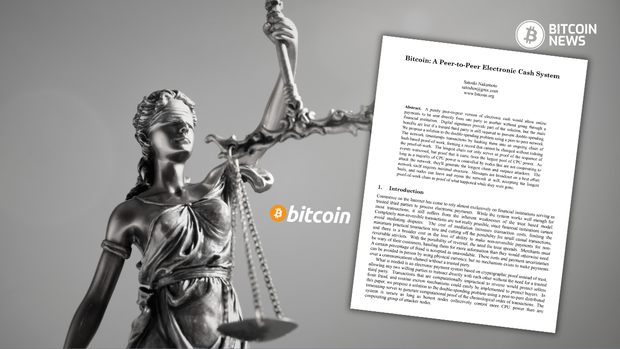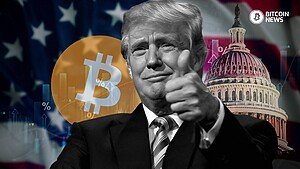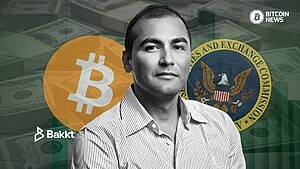In a significant development for the Bitcoin community, the Bitcoin white paper has been reinstated on the Bitcoin.org website.
This move follows a series of intense legal battles involving Craig Wright, who has long claimed to be Satoshi Nakamoto, the pseudonymous creator of Bitcoin. Despite his efforts, Wright faced a severe setback in a London court, leading to the restoration of the white paper on the site.
The trouble began in 2021 when Craig Wright successfully sued the anonymous group known as Cobra, which operates Bitcoin.org, for copyright infringement.
Wright claimed that he authored the Bitcoin white paper and therefore held the copyright. The court sided with Wright by default when Cobra chose not to defend itself, likely to maintain its anonymity.
As a result, Bitcoin.org was ordered to remove the white paper, and Cobra was required to pay £35,000 (approximately $40,100) in legal fees.
Due to the legal constraints imposed by the court’s decision, Bitcoin.org had to restrict access to the white paper for users in the UK. Instead of the document, UK visitors saw a quote from Satoshi Nakamoto: “It takes advantage of the nature of information being easy to spread but hard to stifle.”
This restriction was a direct consequence of Wright’s legal victory, which, at the time, seemed to bolster his claims of being Nakamoto.
In 2023, Wright escalated his efforts by suing 13 Bitcoin Core developers and several prominent companies, including Blockstream, Coinbase, and Block.
He alleged copyright violations concerning the Bitcoin white paper, its file format, and database rights to the Bitcoin blockchain. This series of lawsuits aimed to assert his ownership over Bitcoin’s core intellectual property.
Soon after, an alliance called “The Bitcoin Legal Defense Fund” was formed, aiming to protect Bitcoin developers from such lawsuits, highlighting the detrimental impact of Wright’s legal actions.
They noted that these lawsuits deterred development due to the significant time, stress, financial burden, and legal risks involved. The community viewed Wright’s claims as baseless and part of a broader pattern of abusive litigation.
The Crypto Open Patent Alliance (COPA), a coalition of leading companies, brought a case against Wright, accusing him of fabricating evidence to support his claims. COPA alleged that Wright engaged in an elaborate scheme of forgery and deception.
In March 2024, a UK High Court delivered a detailed ruling against Wright. The case’s judge remarked that Wright had lied “extensively,” engaged in “technobabble,” and was not “nearly as clever as he thinks he is.”
This ruling decisively undermined Wright’s claims and invalidated his copyright victory. Following this verdict, the Bitcoin white paper was reinstated on Bitcoin.org.
Hennadii Stepanov, the site’s maintainer, announced the return by sharing a link to the PDF on platform X. This marked a significant victory for the Bitcoin community, which had long resisted Wright’s attempts to claim ownership over the white paper.
The Bitcoin community and various governments rallied to support the dissemination of the Bitcoin white paper.
In an act of defiance against Wright’s threats to sue anyone hosting the document, numerous publishers and entities shared the white paper on their platforms. Notably, the digital assets arm of Jack Dorsey’s Square, as well as the governments of the United States, Estonia, and Colombia, hosted the document.
One dedicated anonymous user compiled a list of over 100 websites hosting the white paper, describing it as a way of “fighting back against Wright’s nonsense.” This widespread support underscored the community’s commitment to preserving and sharing Bitcoin’s foundational document.
It’s worth mentioning that the court also decided to freeze Wright’s assets, valued at £6.7 million ($8.4 million), aiming to prevent him from evading court costs. This ruling, coupled with the detailed judgment discrediting Wright, reinforced the open-source status of the Bitcoin white paper.
The Bitcoin white paper is now under an MIT open-source license, allowing anyone to reuse and modify the code for any purpose. This ensures that the document remains freely accessible and integral to the continued development and innovation within the Bitcoin space.










